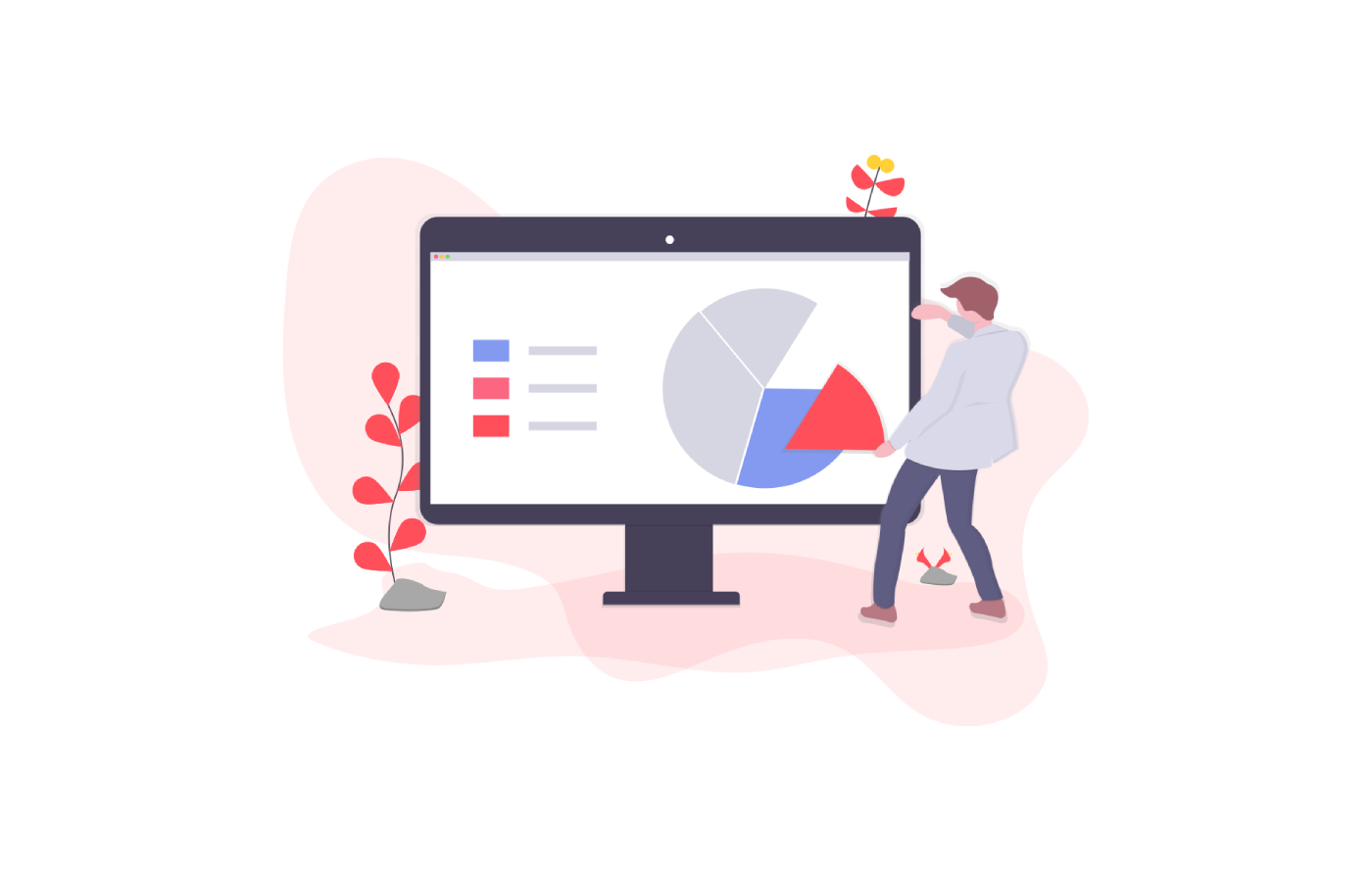Despite repeated attempts from commentators to hammer a nail in the coffin of email marketing, it’s clear to most professionals that the tactic is here to stay – and for a good reason.
According to DMA, 91% of marketers rate email as strategically important to their day-to-day customer communications.
According to research, such a high loyalty rate to email marketing may be due to the fact that brands average $42 for every dollar spent on email advertising. Results this good are what all marketers strive for, aren’t they? But the success of this standard isn’t happening for everyone. High return on investment (ROI) only comes to those who deliver content that is “Human, handy, and helpful”.
Does your strategy consist of blasting one irrelevant, impersonal and invaluable email to “all contacts” a few times a month? If so, then it’s time to make a change, fast. Luckily for you, our guide to an email list, which basically means customer segmentation, will help you liven up your drab email strategy with personalized, engaging content that your customers can’t wait to open.
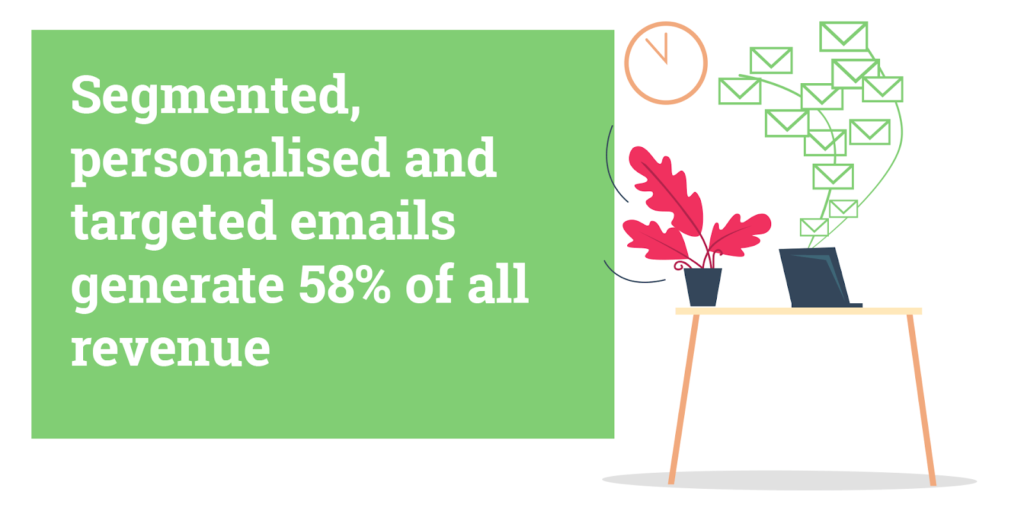
Source: Campaign Monitor
What is Email List Segmentation?
Email list segmentation is a form of market segmentation that essentially breaks down large amounts of data into smaller, more manageable segments based on shared characteristics or behavior.
In the case of email list segmentation, the data you break down is your audiences’ contact information, and the segments are any theme that you decide is relevant to the email content you will be sending.
Email list segmentation ensures that your audience members receive content that is personalized to their specific wants and needs.
Relevant and valuable email marketing means recipients are more likely to find the content engaging and make a purchase or have a positive perception of your brand. For example, let’s imagine a supermarket wants to promote a sale of children’s school uniforms via email.
Would their entire email database of 30,000 customers, ranging in age from 16 to 75, be a relevant audience for this email?
Not particularly; more than half of this list will have zero need for or interest in school uniforms. These customers might even find the irrelevant disruption annoying, causing them to take their business elsewhere.
Instead, the supermarket should select the segment of its email database with young children. As the promotional content is more targeted to this segment’s needs, they will be more likely to engage and convert; this is email list segmentation in action.
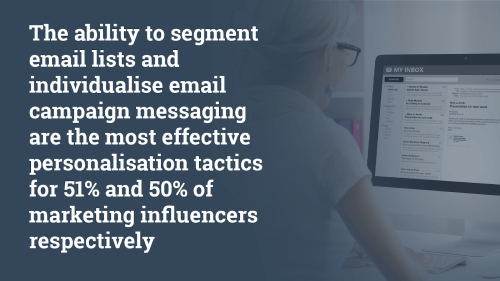
Source: Instapage
But how do you figure out which portion of your email database meets the characteristics laid out by your chosen segments?
Now data comes into play; the more information you collect, track and analyze on your customers, the more segmented you can make your email campaigns.
Types of Email Market Segmentation
There are four main types of market segmentation that you can use to break down your email lists into hyper-personalized segments when working within a B2C marketplace.
These are:
1. Demographic Email List Segmentation
If you’re new to segmenting your email lists, demographic segmentation is a great place to start.
The most basic of the four types we are going to discuss demographic segmentation divides customers based on information such as their age, gender, income, education, occupation, marital status, etc.
As well as being the most basic type of segmentation, demographic information is also the easiest for your brand to collect and analyze.
You can obtain the necessary demographic information from your users when they first sign-up to use your website via an email submission form.
Take a look at this registration form from grocery store giant, Tesco, to see how they collect demographic elements from their customers:
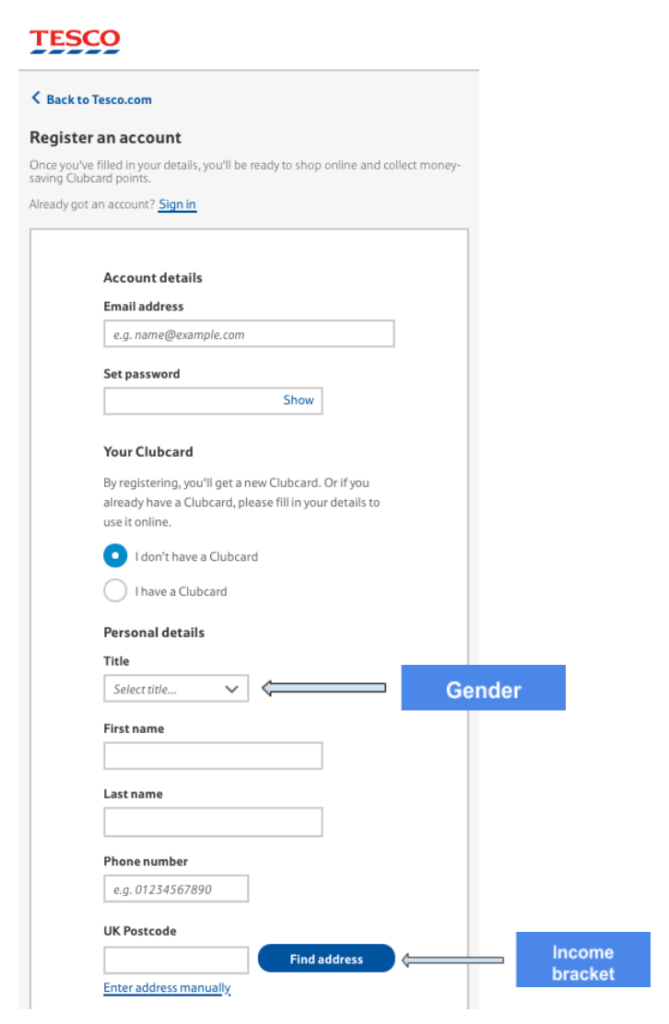
The demographic factors that your business focuses on when it comes to segmenting your email lists should depend upon the products and services you offer.
If you’re selling retail items such as clothes, then age and gender are two crucial factors that you should prioritize because these areas can be divided into clear segments that each hold their own distinct needs, wants, and characteristics:
Segment by age
By life stage: Baby / Child / Teenager / Young Adult / Middle Age / Senior
By generation: Silent Generation / Baby Boomer / Millennial / Gen Z
Segment by gender
Male / Female / Non-Binary
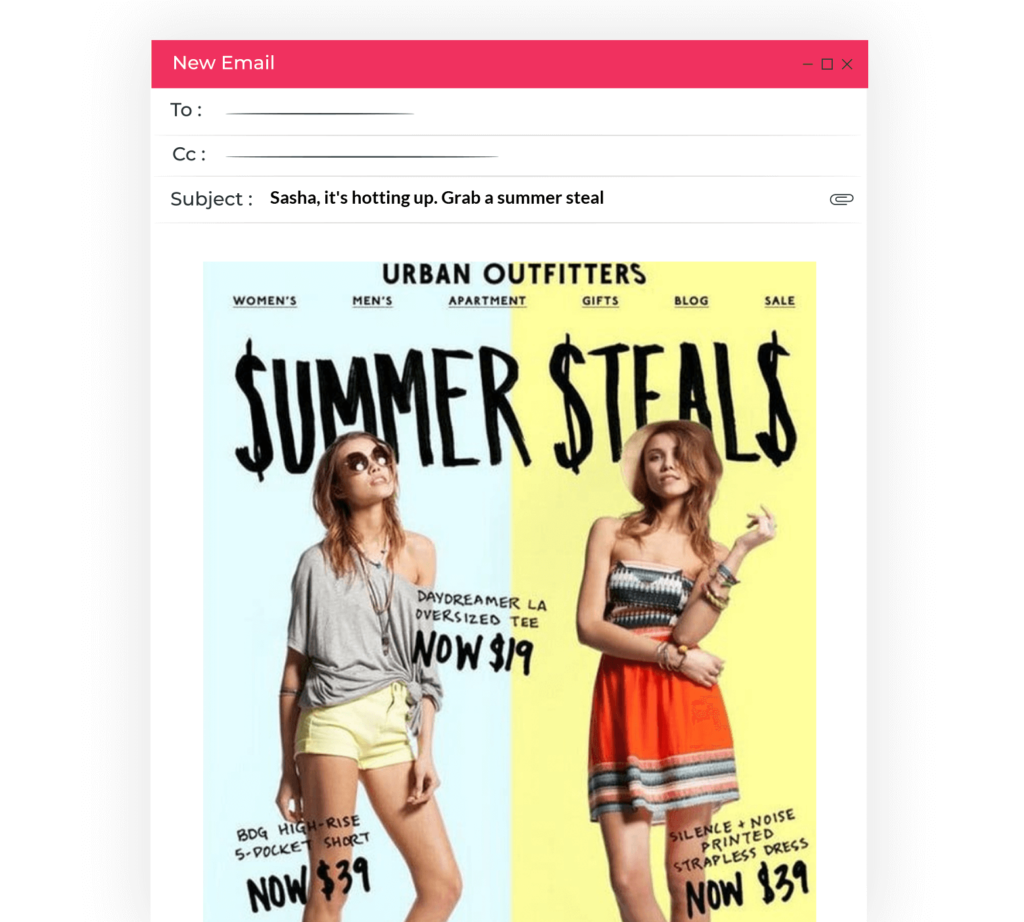
2. Behavioural Email List Segmentation
Behavioral segmentation is the process of dividing your customers into segments based on their previous behavior.
Behavior, in this sense, is considered to be any action a customer has taken on your website or app, such as clicking a call-to-action (CTA), abandoning a cart, or making previous purchases.
Paying close attention to your customers’ behavior allows you to deliver a better user experience directly to their inboxes.
Remind them of products in their basket, provide a discount on an item they have recently saved to their wish list, or let them know about upcoming promotions based on their previous purchases.
The great thing about modern technology is that this process is now possible without time-consuming manual work on the part of marketers.
You can use behavioral data and automation to deliver a personalized shopping experience to your email contacts without thinking about it. Using a marketing CRM will allow you to collect behavioral data on your user’s actions which you can use to segment your email campaigns.
Want to increase conversion rates?
Create a segment for email contacts who have abandoned a cart in the past 24 hours.
Craft a ‘base’ email that combines generic content with dynamic tags to auto-fill details such as ‘cart item’, then set up email automation triggered when customers enter the segment.
Users who meet the segment criteria will receive a personalized email, prompting them to convert, and you will see an increase in revenue.
Perfect!
Take a look at this example of a cart abandonment email from Casper, the online mattress and bedding company:
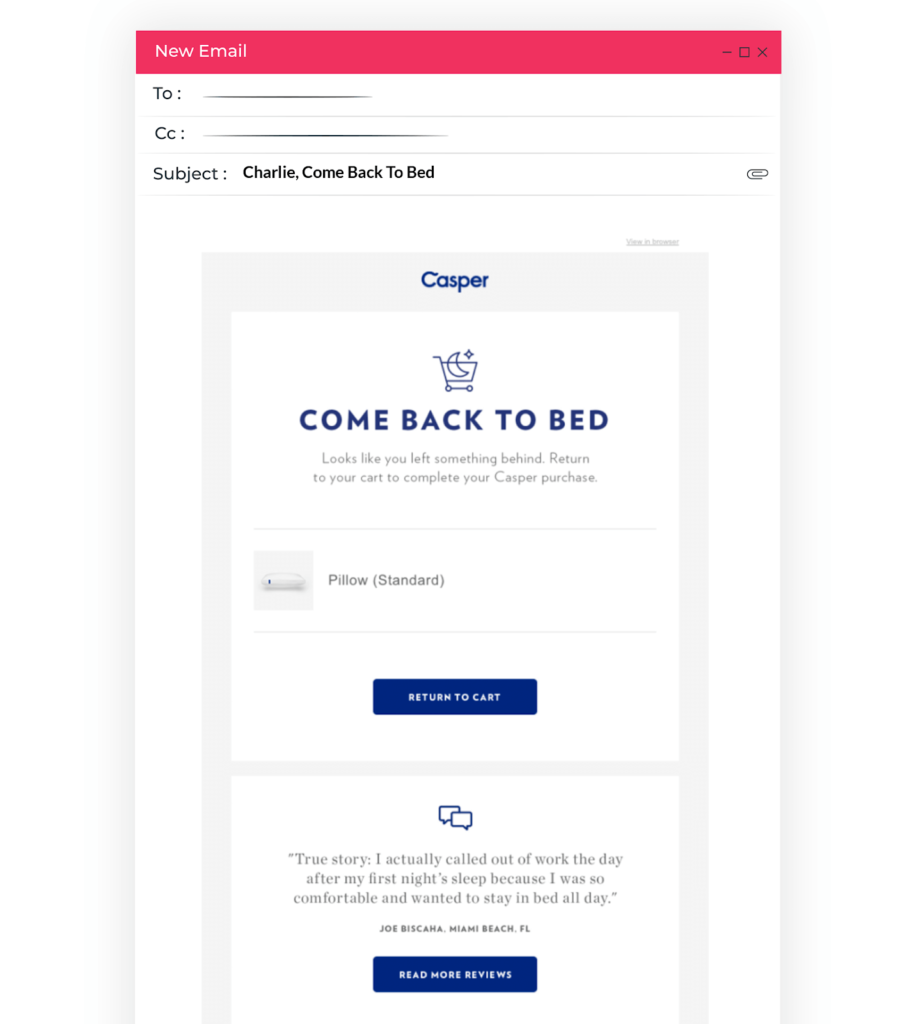
3. Psychographic Segmentation
Human-centred (HX) marketing is all about knowing your customers inside-out; understanding their likes and dislikes well enough to be able to predict their actions.
Psychographic segmentation has the power to do this.
Coming from psychological theories, this type of segmentation draws upon personality traits, values, interests, lifestyles, and motivations.
Delivering hyper-personalized content that draws upon these factors straight into your customer’s inbox has increased revenue by pushing customers further along the sales funnel.

Source: Campaign Monitor
Unlike the other types of segmentation, psychographic data is not quantifiable thus, it is harder to collect. But there are many ways that you can obtain this data, such as online surveys, interactive quizzes, competitions, or polls.
For example, a home decor company asks, “What Style of Home Are You? After their customers have completed this quiz, the brand could segment their email lists by each result, sending content personalized to each customer.
Users whose home style was found to be ‘industrial style’, for example, would receive products and content to match, making them more likely to make a purchase.
4. Geographic Segmentation
Last but certainly not least is geographic segmentation; it may sound self-explanatory, segmenting users based on their geographic location, but there’s more to it than meets the eye.
There are five integral aspects of geographic segmentation that you can use to segment your email lists:
- Location: the physical location of your user; the country and city where they reside.
One main feature that you must consider here is time-zone differences within your email lists. - Urbanicity: is the location of your user an urban, suburban or rural area.
- Climate: locations can vary widely depending on the weather; hot climates, cold climates, and extreme weather conditions, all require different products.
- Culture: diverse cultures and traditions are observed across the globe; be aware of holiday periods and days of celebration and segment audiences based on these factors.
- Language: understand that location does not dictate language; segmenting users based on their preferred language will avoid translation issues.
For example, some American companies advertise in both Spanish and English if their target market resides in a heavily Latinx or Hispanic-populated neighborhood.
Some products require more of a focus on geographic elements than others. For example, a sporting goods brand that carries both surfboards and ski equipment will need to rely on geographic data more intensely than a sofa brand – rain or shine, we all need a comfy sofa.
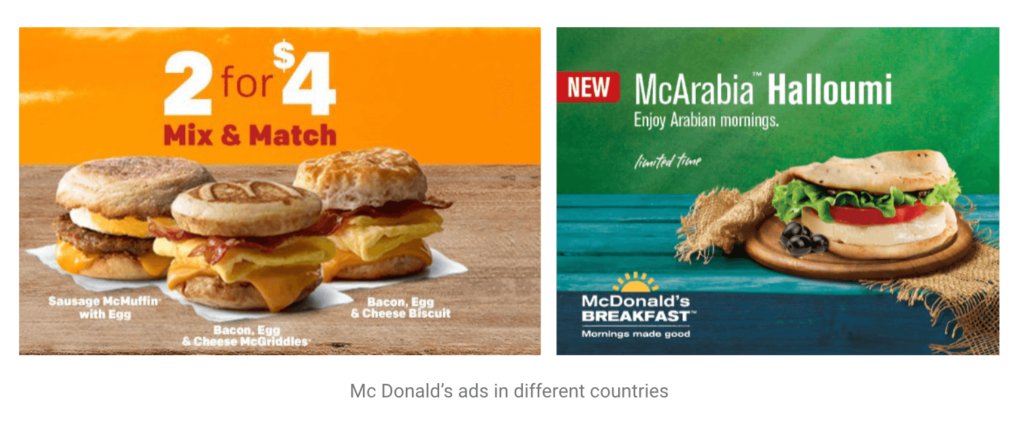
Source: Zoovu
Food trends and cuisine popularity can also vary across geographic locations, as seen in this example from McDonald’s, which offers different products based on the geographic data, location, and culture of its audience.
Geographic email segmentation optimizes your strategy to ensure you show the correct products to customers who are interested in them and that you always send emails in a language that they understand. Which, in turn, reduces the risk of unsubscription from your email lists.
Benefits of Email List Segmentation
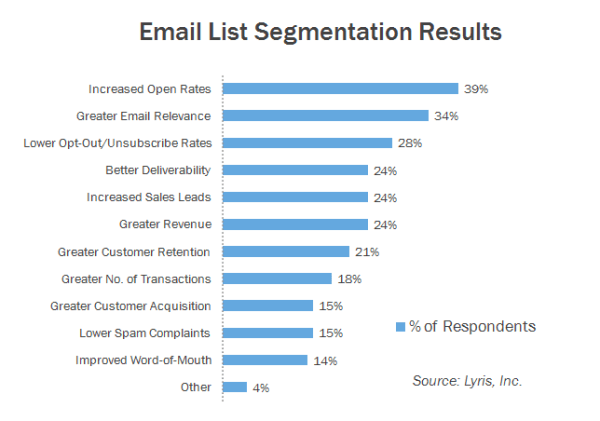
Source: Fulcrumtech.net
Segmentation via email list management software benefits marketers as it helps pinpoint exactly which topics will grab the customer and draw them in, increasing engagement in open rates and conversions.
More so, however, segmentation opens your marketing up to treating customers like human beings with likes and dislikes and personalities and styles rather than being another faceless email address in a marketing list.
This human touch holds the true benefit of segmentation: loyalty through enhanced customer experience (CX). Improving CX touches every other aspect of your business, from improving retention to increasing revenue.
According to Smarter HQ, 70% of millennials are frustrated with brands that send them irrelevant emails, and we understand why. Modern inboxes are hectic, overcrowded places with many branded marketing emails jostling for attention.
These customers are getting sick of it. Unsegmented email lists are lazy and uncreative. Customer-centricity is no longer an option for brands, it’s a necessity, and segmentation gives you the power to deliver a more personalized customer experience than ever before.
Also read:
